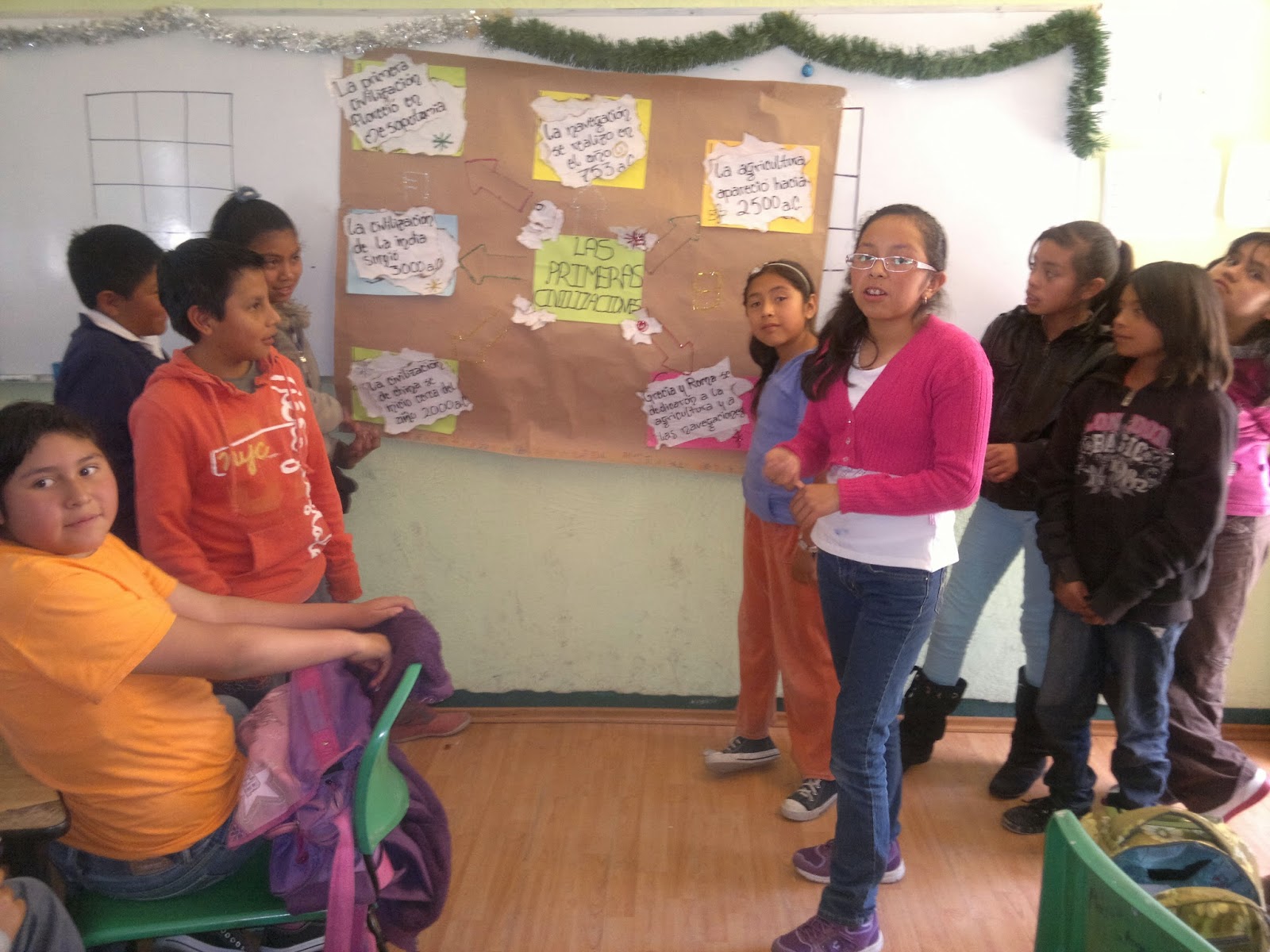

The hope is that the current management recommendations, based on currently available evidence and clinical experience, can serve as a guide to clinicians.
Texto contraste del acne update#
14 – 16 The goal of this article is to update the previously published consensus recommendations from the AARS on the management of rosacea, including a review of therapeutic agents and formulations that have become available since the previous publications and a discussion of newer information on physical modalities.

6, 10 – 13 Pathophysiologic mechanisms believed to be operative in rosacea have been covered extensively in the literature. Previous consensus articles on rosacea from the American Acne & Rosacea Society (AARS) focused on pathophysiology, clinical assessment based on phenotypic expressions of rosacea, management guidelines, discussions of individual medical therapies, and reviews of physical modalities. 6, 7 Manifestations at various time points in a single patient might differ depending on whether the rosacea is flared or quiescent, the age of the patient, the duration of his or her disease, the frequency and magnitude of rosacea flares, and associated symptomatology. 2, 6 – 8 As rosacea is a phenotypically heterogeneous disease, this might include central facial erythema without papulopustular (PP) lesions central facial erythema with PP lesions the presence of phymatous changes, ocular signs, and symptoms extensive presence of facial telangiectasias and marked, persistent, nontransient facial erythema that remains between flares of rosacea and might exhibit severe intermittent flares of acute vasodilation (flushing of rosacea). However, the current recommendations from multiple organizations with interest in the diagnosis and treatment of rosacea suggest characterizing patients with rosacea by individual clinical manifestations and symptoms that are present at the time of examination. The classification of rosacea in both clinical practice and research previously utilized subtype designations as described by Wilkin et al in 2002 5 from the National Rosacea Society.
Texto contraste del acne skin#
1 – 4 The diagnosis of rosacea is made clinically, based on visible assessment and patient history, after other causes of facial erythema and/or papulopustular skin lesions have been excluded, 2, 5 including contact dermatitis, seborrheic dermatitis, photodamage, acne vulgaris, cutaneous lupus, and carcinoid syndrome.

Recognized as one of the most common and clinically characteristic facial skin disorders, rosacea is an inflammatory dermatosis with a reported prevalence of at least 10 percent among Caucasian adults it also affects several other racial groups, including Latin-American, African-American, African, and Asian people. As new data become available, rosacea management approaches should be updated. Rosacea is a chronic and recurrent inflammatory disorder, and clinical manifestations often vary in nature and severity over time, which might necessitate an adjustment in treatment. Conclusion: Due to the multifactorial pathogenesis of rosacea, its clinical presentation is heterogeneous.

Texto contraste del acne how to#
There are less data available on how to optimally integrate therapies however, it appears that rationally selected medical therapies can be utilized concurrently. Consistent with what many publications on rosacea currently emphasize, clinicians are encouraged to define the clinical manifestations present in the patient and to select therapies that correlate with the optimal treatment of those manifestations. Observations: This article includes discussions of available published data on topical ivermectin, topical oxymetazoline, combination therapy approaches, and physical devices for the management of rosacea. Objective: This article updates the previously published consensus recommendations from the AARS on the management of rosacea, including systematic literature and evidence-based reviews of available therapeutic agents and physical modalities. Pathophysiologic mechanisms believed to be operative in rosacea have been covered extensively in the literature. Importance: Previous consensus articles on rosacea from the American Acne and Rosacea Society (AARS) have focused on pathophysiology, clinical assessment based on phenotypic expressions of rosacea, management guidelines, discussions of individual medical therapies, and reviews of physical modalities.


 0 kommentar(er)
0 kommentar(er)
